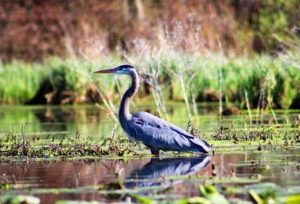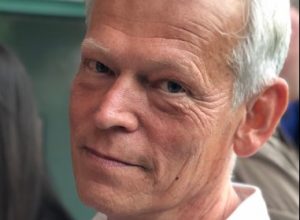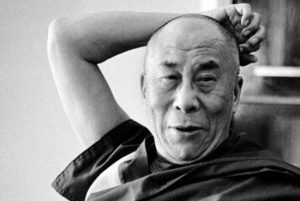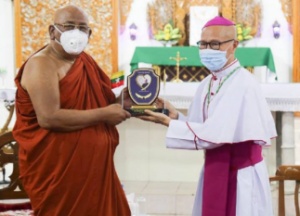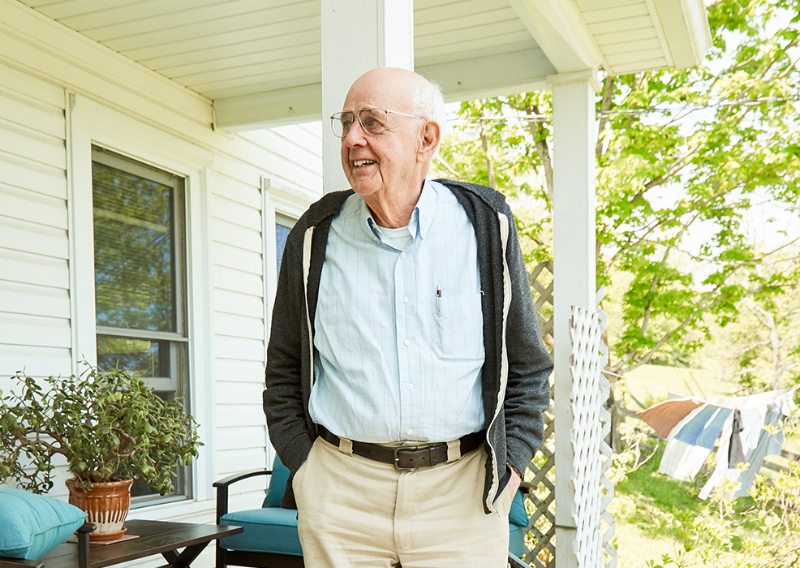
I have fallen in love with Wendell Berry. I have known of him for a long time and have cherished a handful of his poems, but I had never read his prose. I’ve had his book, The Art of the Commonplace: The Agrarian Essays (Counterpoint 2003), on my bookshelf, unread, for seven years.
A few weeks ago, I found the right time to begin reading it. It is a great treasure. Berry writes with exquisite attention, each word carefully selected. He also pays reverent attention to the Kentucky land, local to him and to his ancestors. He has been in humble relationship with these woods and fields for many years, and the land is his teacher. He mourns the damage done by conquesting white people like himself—and me—and he speaks of our greed. Berry carries all this with him as he brings us into relationship with our own accountability, our own deep respect for the land, our own grief. As I read him, I feel that Berry sees the unspeakable beauty of our Earth, the tragedy of the climate and ecological emergency, our very human fallibility, and me.
In reading Beatrice Lane Suzuki’s book Mahayana Buddhism (Mandala 1992), I recently came across the concepts of Ojin and Keshin:
Nirmanakaya Buddhas are to be found everywhere and at all times. The Nirmanakaya body is the vehicle for the activity of the Tathagata, and wherever and whenever he sees best to manifest himself as a Nirmanakaya Buddha he does so. This brings us to the conception of the two forms of the Nirmanakaya, the Ojin and the Keshin, full manifestations and partial ones. The Ojin is practically the active Tathagata, but the Keshin is an ordinary man who reveals an extraordinary amount of the indwelling Buddha spirit.
(51)
Suzuki goes on to say that sages such as Honen Shonin and Shinran Shonin would be considered Keshin, whereas Shakyamuni Buddha is Ojin. I have enjoyed discovering these words, as they describe something that I already feel to be true. I have discovered people with an “indwelling Buddha spirit” in all the most unlikely places—in rooms of recovering addicts, in schools, in people I have “written off” as having nothing to teach me. I have seen the spirit of the Buddha shining from within them.
I would also argue that we could expand the category of Keshin to include animals, plants, and the land itself. It’s impossible for me to read Berry without seeing his experiences in the landscape as spiritual experiences. The language is so similar—the reverence, the praise, his humility, and his acknowledgement of how little we know. Berry is guided by the land as I am guided by the Buddha. It shows him truths about himself and about his kind. It consoles him and it provides him with an unshakable refuge.
Dogen also spoke about the spirit of the Buddha—infinite wisdom and love—as being available to us through the Earth herself:
Because earth, grass, trees, walls, tiles, and pebbles in the world of phenomena in the ten directions all engage in Buddha activity, those who receive the benefits of the wind and water are inconceivably helped by the Buddha’s transformation, splendid and unthinkable, and intimately manifest enlightenment. Those who receive these benefits of water and fire widely engage in circulating the Buddha’s transformation based on original realization.
(Tanahashi)
Here, Dogen seems to be saying, we’re not limited to Shakyamuni’s teachings if we want to wake up to the truth. If we are looking with the right eyes, we can find the Dharma wherever we look.
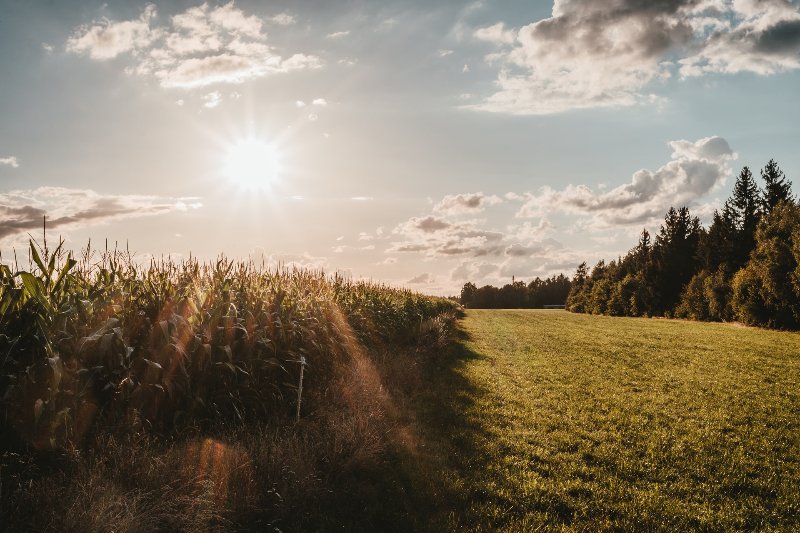
I pause from my writing and look out of my window. My office has been crowded with great people this morning—Beatrice Lane Suzuki, Wendell Berry, and now Dogen has joined them! And here through my window is more for me to learn from. The valley sweeps away behind the temple garden, edged by the blue-tinged hills. A white bird floats across the backdrop of dark clumps of trees. Nearer, two fat pigeons rummage about in our neglected vegetable patch, and last year’s leeks taunt me with my laziness—we’ve gone to seed! It’s too late to eat us now! A profusion of cream catkins hang from the hazel tree, fancier than any fringed dress. Here is beauty. Here is a finger pointing toward infinity. Here is endless detail and roiling impermanence. Here is consolation.
I am very grateful to be able to list Berry as one of my new teachers—Keshin, or—who knows—maybe even Ojin. He is showing me the Dharma from a different angle, with great wisdom, great patience, and great love. He is also helping me to remember that we are all blessed with a myriad of teachers and teachings whenever we open our hearts.
References
Suzuki, Beatrice Lane. 1992. Mahayana Buddhism. San Rafael: Mandala.
Tanahashi, Kazuaki, ed. 2013. Treasury of the True Dharma Eye: Zen Master Dōgen’s Shobo Genzo. Boulder, CO: Shambhala.
Related features from BDG
Engaged Buddhism – Inspiring Food Justice Ventures
Seeing And Revering Nature With Love: Trees Of Dharamsala By Nicholas Vreeland
The Healing Power of Nature and the Elements
Buddhism and Nature, and the Relationship with Human Suffering
The Dharma in Nature






